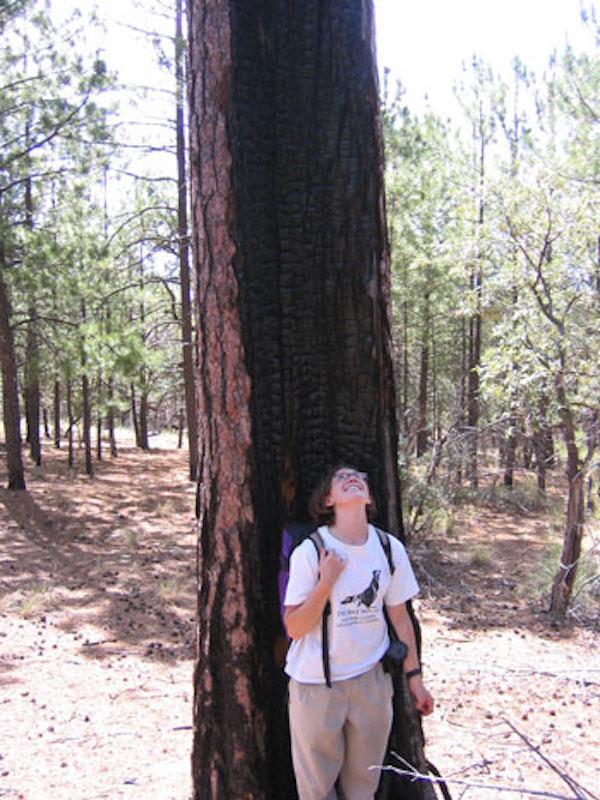Margaret G. Rheude
Past Graduate Student

-
ENR2
1064 E Lowell St
Tucson, AZ 85719
Movements of Mesocarnivores in a Fragmented Desert Environment
Major Questions/Objectives
Through a combination of trapping and mitochondrial DNA analysis, examined the distribution, genetic population structure, dispersal ability, and long-term genetic history of striped skunk (Mephitis mephitis) and hooded skunk (M. macroura) populations in the mountain ranges of southeastern Arizona. Such information can be used in conservation of species of concern, amelioration of human conflict with wildlife, and mapping disease spread.
Major Findings
Striped skunk populations showed genetic structure by mountain range with unpredictable dispersal routes likely non-riparian in straight-line distances. This unpredictable dispersal pattern can make disease mapping or habitat preservation problematic. Striped skunks had a stable genetically diverse population, however, were found infrequently in urban environments (21% of all striped individuals) and had decreasing population trends in areas where they overlapped hooded skunks. Hooded skunks were common in urban areas (72% of all hooded skunks), with rapidly expanding newly established populations. Hooded skunks also appeared to disperse predominantly using riparian corridors over straight-line distances with populations strongly structured by river basin. Hooded skunks may outcompete striped skunks in urban areas, possibly due to better adaptation to xeric environments. Results indicate that a species' use of dispersal corridors is unpredictable; willingness to use established dispersal corridors may correspond to environmental conditions in which an animal adapted. However, wildlife corridors and wildlife habitat could serve both as a means for dispersal as well as permanent habitat. These results indicate similar species have may have different distribution and dispersal patterns, as well as different management implications.

